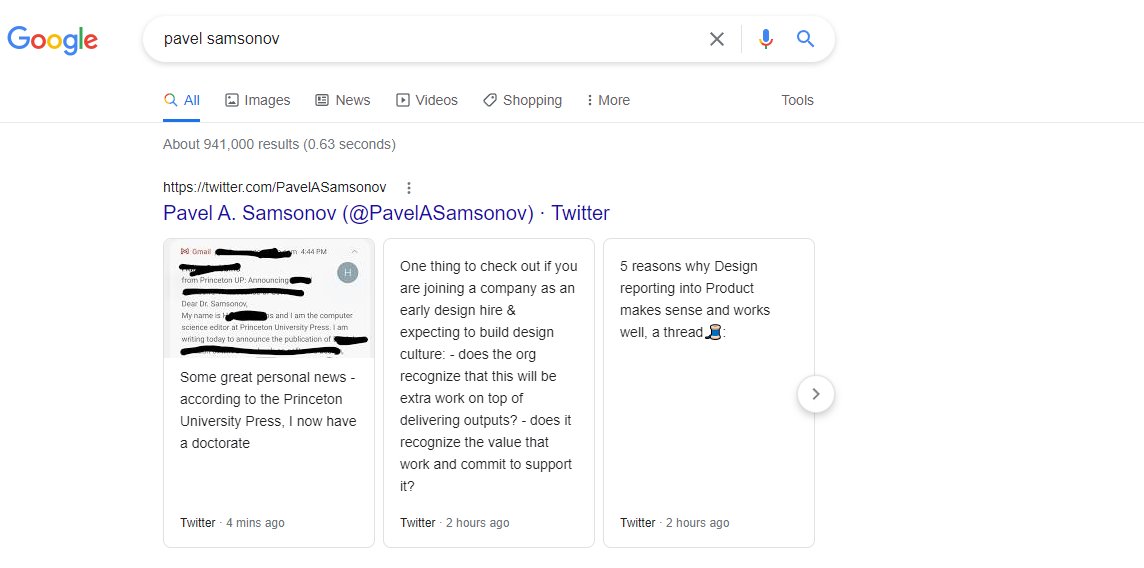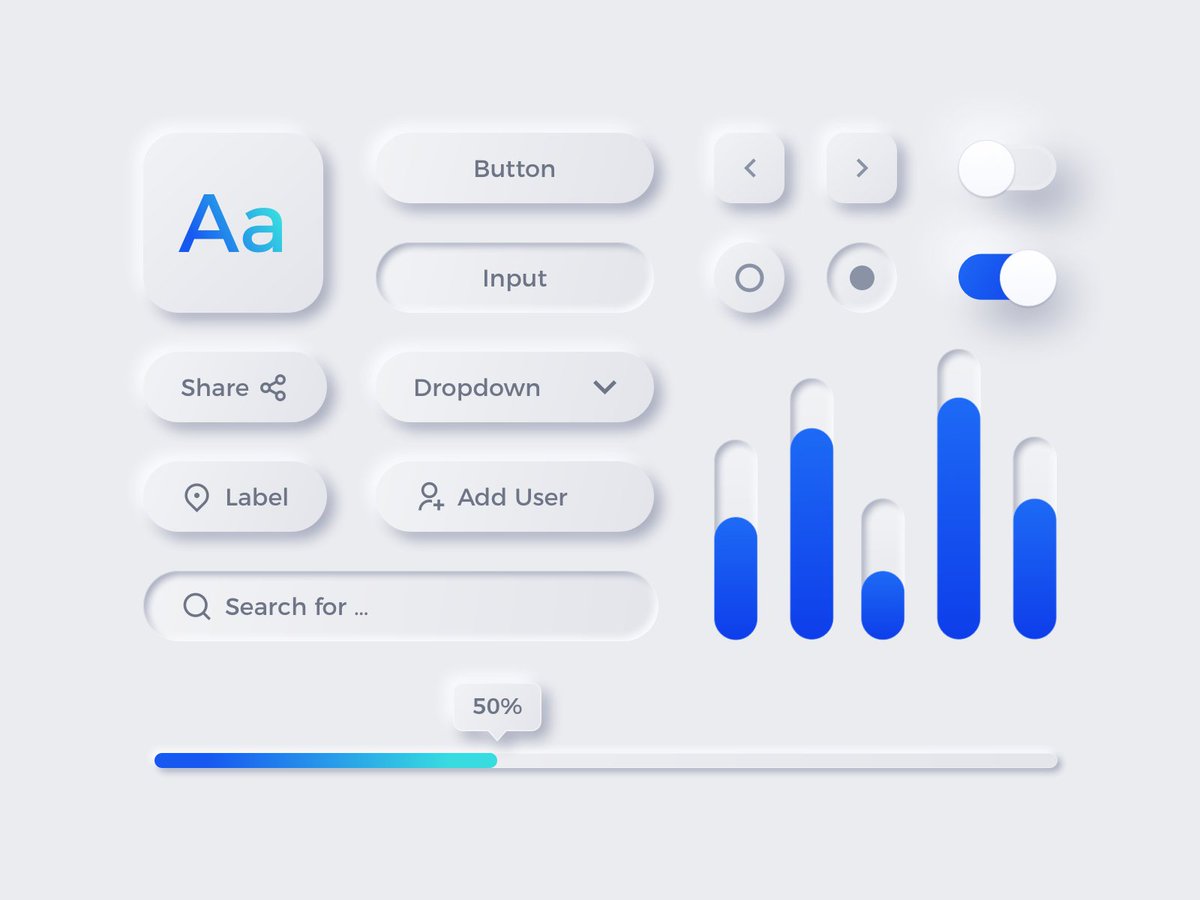
One thing to check out if you are joining a company as an early design hire & expecting to build design culture:
- does the org recognize that this will be extra work on top of delivering outputs?
- does it recognize the value that work and commit to support it?
- does the org recognize that this will be extra work on top of delivering outputs?
- does it recognize the value that work and commit to support it?
Commitment to support looks like:
- Budget, tools, and other resources
- Invitation to rebuild processes across the org
Commitment to support does not look like:
- "Sure, if you can submit a proposal proving the ROI"
- "We actually hired an Agile coach to do that already"
- Budget, tools, and other resources
- Invitation to rebuild processes across the org
Commitment to support does not look like:
- "Sure, if you can submit a proposal proving the ROI"
- "We actually hired an Agile coach to do that already"
Can an IC be a leader and build culture? Yes, absolutely.
Can an IC do this without existing executive buy-in, if they were only hired to produce outputs in support of existing processes? Yes, but it's a miserable slog and you can find a better place in the industry.
Can an IC do this without existing executive buy-in, if they were only hired to produce outputs in support of existing processes? Yes, but it's a miserable slog and you can find a better place in the industry.
If you are a designer joining a place that does not already recognize the value of design (and has material evidence of this, such as designers in leadership roles), expect to constantly defend your own role rather than doing any kind of building.
https://twitter.com/MrAlanCooper/status/1012703597774008320
• • •
Missing some Tweet in this thread? You can try to
force a refresh






